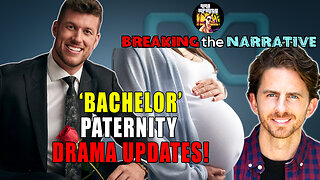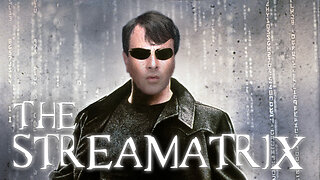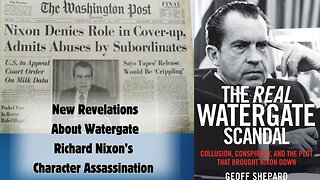Two Hundred Years Together by Aleksandr Solzhenitsyn - Ch. 8. At the Turn Of the 20th Century
200 Years Together
by Aleksandr Solzhenitsyn
A History of the Russians and the Jews
Aleksandr Solzhenitsyn’s Two Hundred Years Together, a two-volume history of Russian-Jewish relations, initially grew out of The Red Wheel, his monumental opus on the Russian Revolution. In The Red Wheel Solzhenitsyn had shown the Revolution in full complexity; and indeed—to avoid boiling down that complexity or skewing it via the narrow prism of Russian-Jewish relations—he gave The Red Wheel priority of publication in every major language, ahead of Two Hundred Years Together. Now that the full Red Wheel is well on its way to being published in English, an authorized translation of Two Hundred Years Together is in progress and scheduled for publication in 2024. {Nov 2023 update: the authorized translation was late but is now completed. Next, it will be reviewed for fidelity/accuracy, and all the author’s footnotes double-checked for proper rendition into English. The work involved in finalizing a manuscript of this size is substantial, but as soon as it is done it will be submitted for publication, now likely in the second half of 2025.}
In Two Hundred Years Together, Solzhenitsyn emphatically denies (in Chapters 9 and 14) that the Russian revolutions of 1905 and 1917 were the result of a "Jewish conspiracy" (just as he had earlier forcefully criticized the extreme nationalists who were and are obsessed with Freemasons and Jews—see, e.g., Russia in Collapse, Chapter 25, “The Maladies of Russian Nationalism”). Two Hundred Years Together was first published in Russian in 2001–02, and several times since. The definitive Russian edition is published by Vremya (Moscow, 2015), as volumes 26 & 27 of their ongoing 30-volume collected works of Solzhenitsyn.
**FAIR USE**
Copyright Disclaimer under section 107 of the Copyright Act 1976, allowance is made for “fair use” for purposes such as criticism, comment, news reporting, teaching, scholarship, education and research.
Fair use is a use permitted by copyright statute that might otherwise be infringing.
Non-profit, educational or personal use tips the balance in favor of fair use.
-
 2:00:01
2:00:01
The Quartering
7 hours agoBiden Hires Meme Manager, RNC Center Shut Down, Biden Off The Ballot?
45.8K34 -
 58:08
58:08
The StoneZONE with Roger Stone
6 hours agoBiden DOJ Authorized “DEADLY FORCE” in Mar-a-Lago Like In Raid On Roger Stone Home — The StoneZONE!
14K5 -
 1:28:35
1:28:35
Nina Infinity
4 hours agoDave Neal Explains Bachelor Clayton Echard’s WILD Paternity DRAMA & MORE | BREAKING the NARRATIVE
17.6K1 -
 1:39:44
1:39:44
2 MIKES LIVE
5 hours ago#69 2 Mikes Live, News Breakdown Wednesday and special guest Adam DeRito!
23.9K -
 1:41:22
1:41:22
Michael Feyrer Jr
21 hours agoLive Stream
20.8K1 -
 47:47
47:47
The Amber May Show
22 hours agoPart 1 | New Revelations On Watergate | What You Never Heard About Richard Nixon's Character Assassination
19.1K -
 1:22:21
1:22:21
Redacted News
8 hours agoTucker is FURIOUS! FIRES back at Russia TV Rumors, War IS coming to America | Redacted News Live
110K348 -
 1:42:09
1:42:09
UnchartedX
1 day agoUnchartedX LiveStream - Live Podcast with Jahannah James and George Howard!
38.2K12 -

Major League Fishing
6 days agoLIVE Bass Pro Tour, Heavy Hitters, Day 5
92.8K4 -
 1:44:54
1:44:54
RepBradWenstrup
7 hours agoA Hearing with the NIAID Senior Scientific Advisor, Dr. David Morens
39.1K8